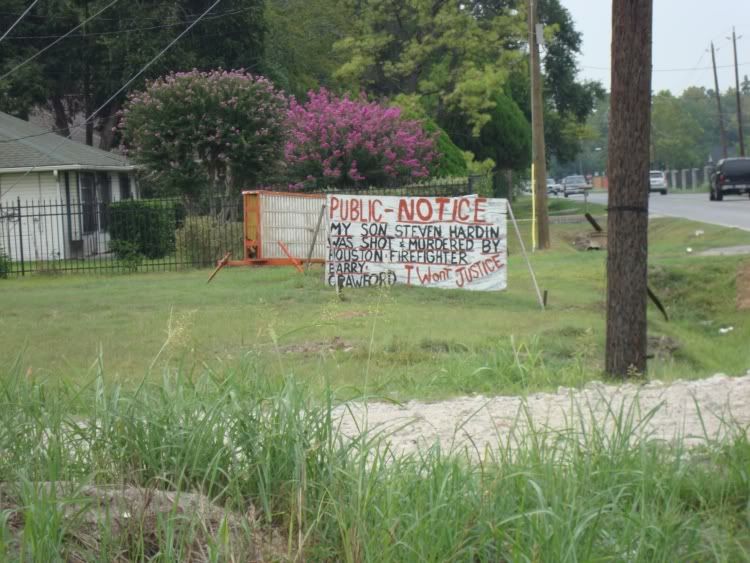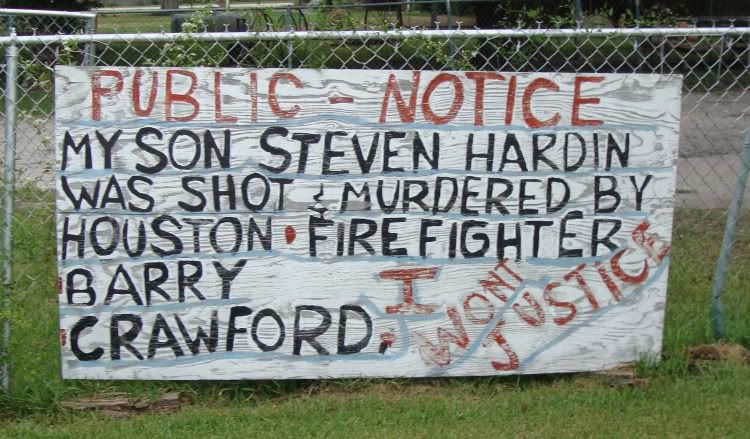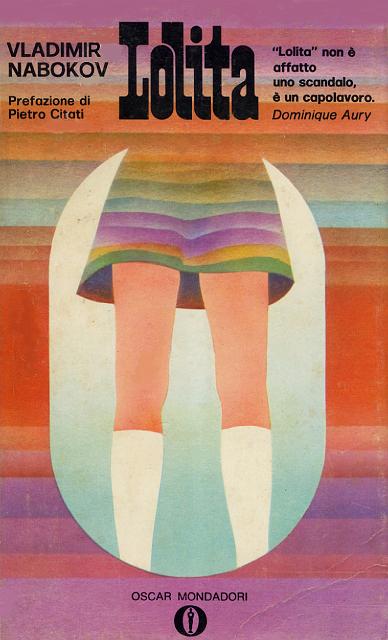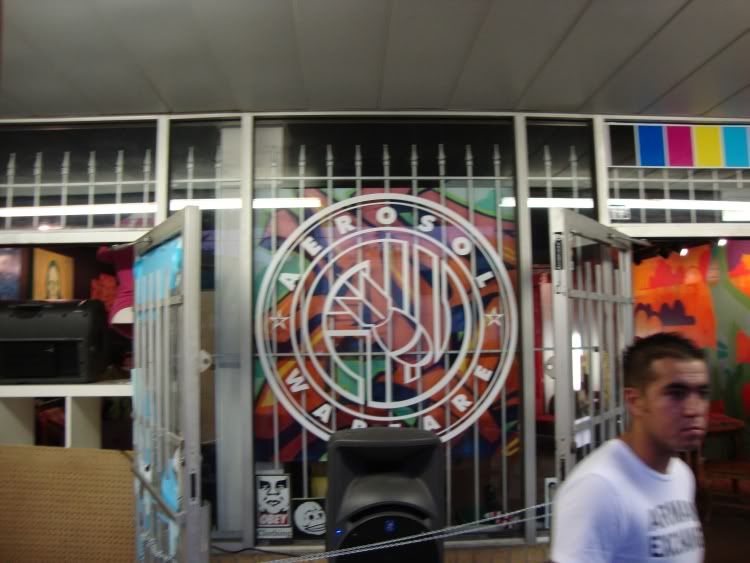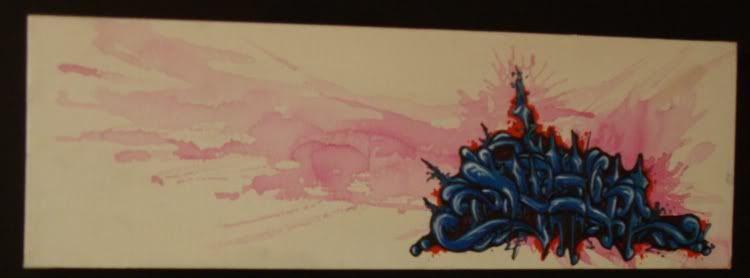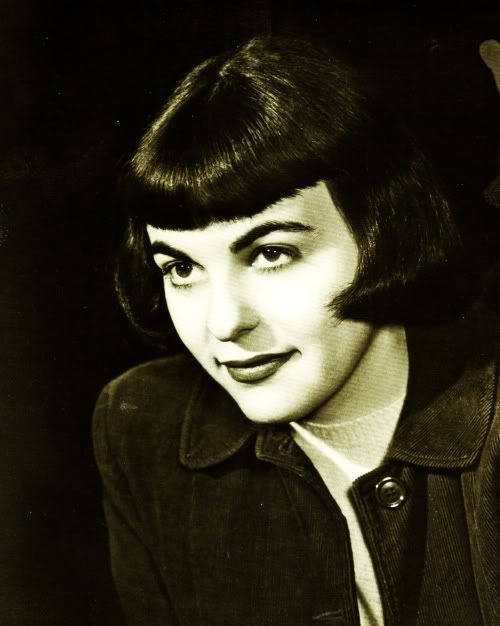When to Call the Cops and When Not to
Neighbours and even some of his own family considered Garrido strange as he told them about his messages from God and kept the females at his house from contact with outsiders.
Erika Pratt, 25, who stayed next door two years ago, said she was "freaked out" by Garrido's behaviour, and when she popped her head over the fence she saw his secret compound. There were tents, sheds and pitbull terriers, she said, and water hoses leading from her house next door.
"He had little girls and women living in that backyard, and they all looked kind of the same," Pratt told the San Francisco Chronicle. "They never talked, and they kept to themselves."
Pratt said that people came and went from the property, but the core group consisted of two girls about four years old, one girl about 11, another girl about 15 and a young woman about 25. They were all blonde, she said.
So he had the girls living in a makeshift prison camp in his backyard. He wasn't off in the mountains or on some remote farm. He had neighbors, and Prattt, at least, knew there was something weird and maybe wrong. But the other neighbors seemed cool with the guy. For 18 years.
Pratt said she had called Contra Costa County sheriff's deputies to investigate, but that officers "told me they couldn't go inside because they didn't have a warrant". (Mark Tran and David Batty, The Guardian, August 28, 2009).
My gut reaction is that these neighbors were totally irresponsible. An unimaginably horrible crime was taking place right over their fences and they were willfully blind to it.
OK, let's go back one week.
[Bob Dylan] was stopped in July by police in Long Branch, New Jersey, who were responding to a call about a suspicious person roaming the neighborhood, police said.
According to Long Branch Police Department Sgt. Michael Ahart, Dylan had been peering into a window of a house that was for sale, which prompted a neighbor to call the police on July 23.
One of two responding officers, Officer Kristie Buble, 24, approached Dylan and asked him for his name.
"She recognized the name, she just really didn't believe it was Bob Dylan," Ahart told CNN. "He was soaking wet because it was raining and he was wearing a hood."
So Buble asked the musician for identification, but he had none.
Now this story was played for laughs. Ha ha, young whippersnappers don't recognize aged rock legend! But when I read it, I was outraged. Why did Dylan have to show ID? When did it become a crime to walk down the street. Or look in the window of a house that was for sale? Some scaredy-cat neighbor calls the cops because they see someone they don't know walking along a public street. How many times do non-famous people get hassled by the police for the same "crime"?
Buble and her partner, Officer Derrick Meyers, 24, then asked Dylan, 68, to accompany them to where his tour buses were parked. Once they arrived, Dylan showed them identification. (Deborah Brunswick, CNN, August 14, 2009)
But now that I look at the two stories together. At some point, you want the neighborhood busy-bodies to get involved. If more people had fingered Garrido, maybe that tragedy could have ended sooner. But at the same time, you don't want to have a police state with cops coming up as you are out for a stroll and asking for your papers, as if you were in the old Soviet Union. So the question is how to balance this, and if balance is possible.
But then I asked myself, what is different about these two cases (aside from the obvious)? Garrido was a neighbor--presumably a home-owner. The neighbors might not have known him that well, but they knew he was from their neighborhood, that he had a job and a house. Dylan was apparently seen as a stranger, someone not from the neighborhood, a possibly dangerous outsider.
So I think there might have been some primitive tribal feelings at work here. Garrido was an insider--an admittedly eccentric one, but a familiar face nonetheless. Thus we don't call the cops. We tolerate his eccentricities. Dylan was an outsider. Since neither the person who called the cops nor the cops themselves recognized him, the reaction is to protect the home turf from the outsider.
So because of the relative social positions of Garrido and Dylan within the two neighborhoods, the reactions were totally different--a tragic under-reaction for Garrido, and humorous (but unacceptable) over-reaction in the case of Dylan.
Labels: crime

